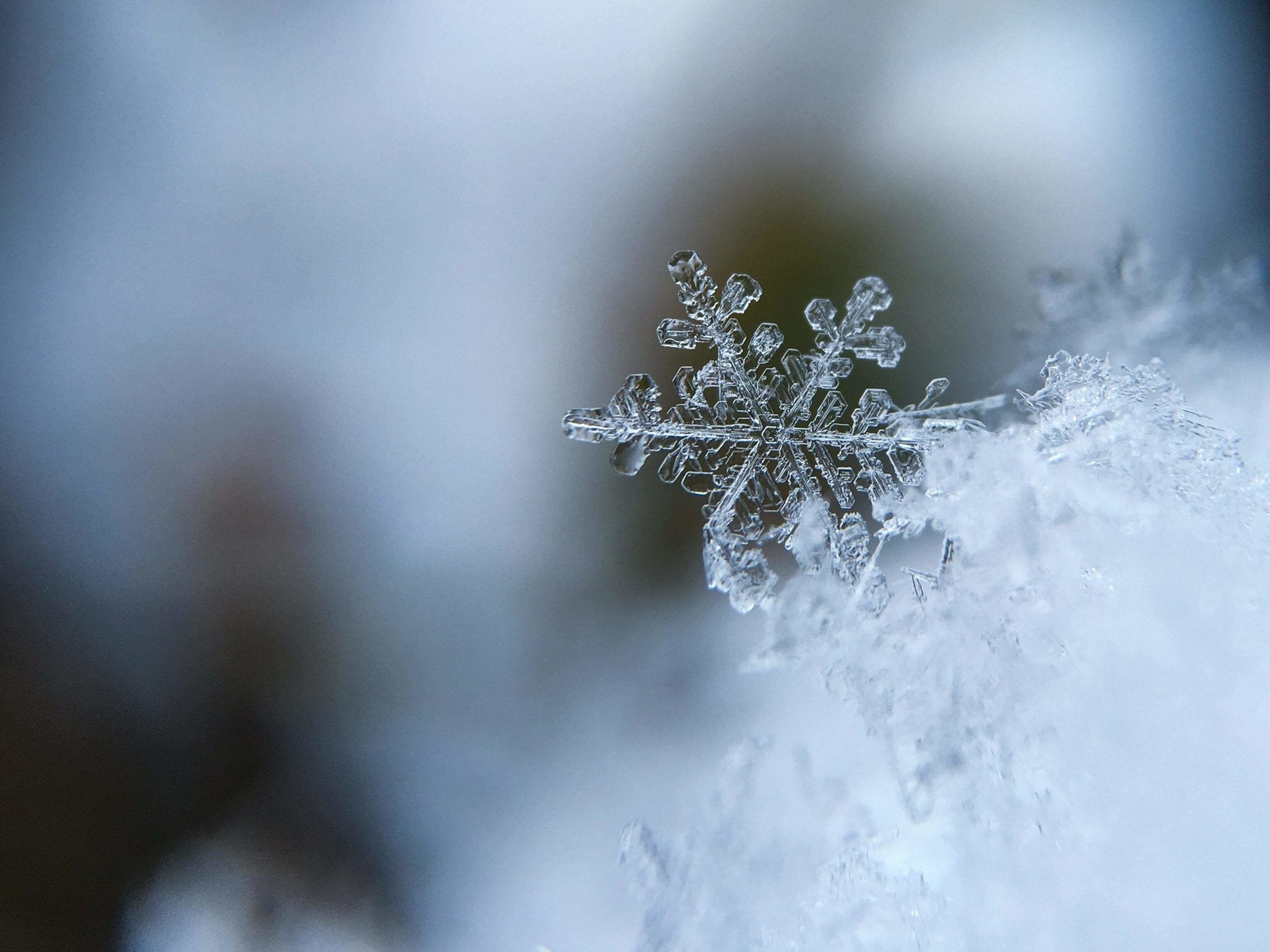As an indoor cannabis grower, you may believe that the outdoor seasonal changes are inconsequential—a logical assumption.
How could the seasonal changes transitions, the shift in temperatures, and humidity changes have little to no effect on your indoor cannabis operation? But, unless you grow in a hermetically sealed underground bunker, the changing seasons impact the indoor grower
Getting ready for winter is important for indoor growers because unlike outdoor operations, yours will continue long into the winter months. With environmental conditions changing outside, there will be subtle shifts inside. A stable indoor is essential to a healthy, happy grow.
Here are ways to prep your indoor grow for the upcoming colder temperatures.
Boost Humidity Levels
As the temperatures drop outside, the relative humidity in the atmosphere also shifts. Naturally, warm air holds more moisture, and colder air doesn't have the same moisture retention capacity.
As an indoor grower, humidity levels are a crucial factor for plant health. Cannabis tends to like a warmer and more humid environment than what exists in your home, but too much humidity increases the likelihood of pests and disease.
As you head into winter, invest in a hygrometer and a thermometer if you don't already have one. Both these measurement tools will help assess your space's relative humidity and, most importantly, any seasonal changes. As a reminder, different stages of the cannabis growth cycle require slightly different relative humidity levels:
- Seedlings and clones: 65 to 70 percent
- Vegetative: 40 to 65 percent
- Flower: 40 to 50 percent
If you need to increase the humidity within your grow tent or room come wintertime, use the following simple tactics:
- Spray canopy daily with water
- Keep the surface of the soil moist
- Hand a damp (clean) towel in the grow room
- Install a humidifier
Temperature Considerations
Unsurprisingly, temperature also changes with the seasons. Winter brings cooler temperatures outside, which can inevitably reduce temperatures inside. Hopefully, you already have a thermometer installed inside your grow space, so as the seasons change, you can keep a close eye on the daytime and nighttime temperatures.
- Seedlings and clones: 68 to 77°F (20 to 25°C) Daytime / 59 to 68°F (15 to 20°C) Night time
- Vegetative: 68 to 82°F (20 to 28°C) Daytime / 63 to 70°F(17 to 23°C) Night time
- Flower: 68 to 79°F (20 to 26°C) Daytime / 59 to 73°F (15 to 21°C) Night time
For the most extreme cases of temperature drops, of course, you can install a heater, but there may be other ways to adjust without one.
Many indoor growers (especially those in grow tents) use LED grow lights to help keep temperatures down. HID lights are ordinarily a bit problematic in small home grows because of the heat output. But what if you could take advantage of that excess heat?
In the winter months, some growers switch from LED to HID to increase temperatures. Just remember, if you choose to make the switch, don't forget to adjust ventilation and height.
Another option is to switch your light schedule. Instead of lights-on happening during the day when outside temperatures are hottest, why not run the lights-on period at night? This can help even out any overnight temperature drops your grow room may experience during the winter.
Watering Considerations
The temperature of your tap water can also create problems in winter. Tap water straight out of the facet may be ice cold during the colder seasons. Pouring ice-cold water on to a sensitive root system can, and likely will, have repercussions. To reduce shocking your plants with an ice bath, let tap water come to room temperature before watering.
Where to Set Up an Indoor Grow Space
If you plan on growing indoors all year long, you may want to make special considerations for winter. For example, what happens when your grow room heats up in the winter months? Will the windows fog up, and the snow melt off your roof? If you need a lowkey setup, tuck the grow room in the basement to reduce the risk of these tell-tale signs giving away your operation.
If you begin growing in your basement, you'll also want to avoid putting your plants directly on the cold, cement floor. At the very least, elevate your plants on overturned pots, a rolling table, or install a heat mat. This is also a useful tip for garage growing.
Finally, do you have an air intake coming from outside? While outside air is ideal during the warmer months, if you are pulling in arctic air during the winter months, this will lower indoor temperatures.
Not only is it non-efficient (imagine your heating bill), but it could harm your plants. If possible, move the intake to pull from inside. If you are working with ventilation and a grow tent, assess the original set up. Choose another room, as far away from the grow as possible.
Winter Time Adjustments For Indoor Growers
Indoor growers tend to ignore the seasonal changes outside, but this may be to their determinant. Winter changes in temperature and humidity can impact indoor cannabis in more ways than one.
With ongoing monitoring, and slight adjustments, it's possible to maintain the indoor environment at ideal levels - no matter the seasonal changes happening outside.





